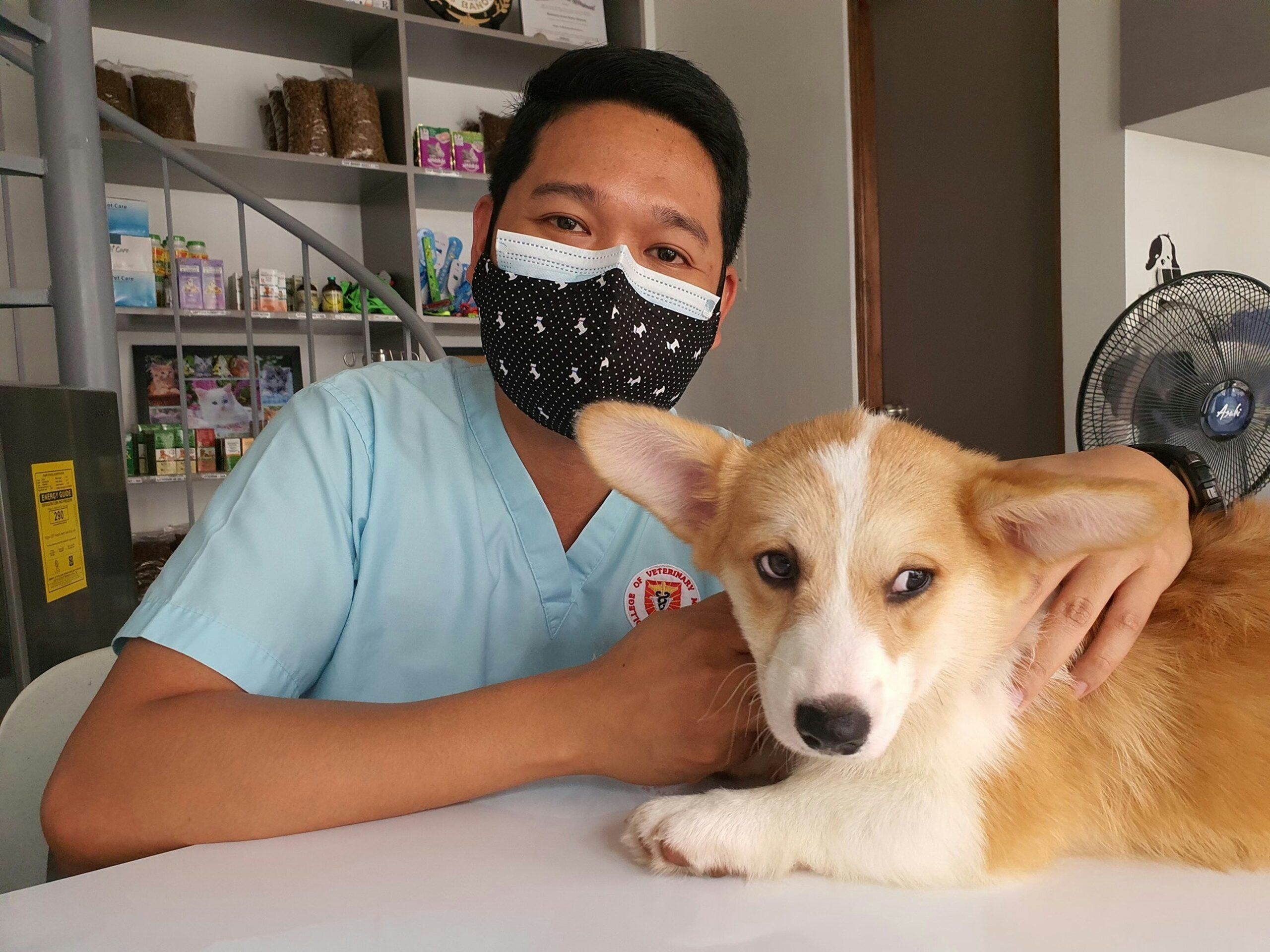Megaesophagus is a condition that affects a dog’s ability to swallow and digest food properly. This disorder occurs when the muscles of the esophagus become weak and fail to push food into the stomach efficiently. As a result, food can become trapped in the esophagus, leading to regurgitation and potential complications like aspiration pneumonia.
For pet owners, managing megaesophagus in dogs requires specialized care, including proper feeding techniques and supportive devices like the Bailey chair for dogs. While there is currently no definitive cure, advancements in treatment and dietary management, such as new treatments for megaesophagus in dogs and specialized megaesophagus dog food, are helping dogs live healthier lives.
This guide will explore the causes, symptoms, and management options for canine megaesophagus, helping dog owners understand how to provide the best care possible for their pets.
What is Megaesophagus?
To understand megaesophagus, it’s important to first look at how a dog’s esophagus functions. The esophagus is a muscular tube that connects the mouth to the stomach, allowing food to pass through. In dogs with megaesophagus, this tube becomes dilated and loses its ability to contract properly, causing food and water to remain stuck rather than reaching the stomach.
A key sign of canine megaesophagus is regurgitation, which differs from vomiting. Dogs with megaesophagus regurgitate undigested food shortly after eating because it never reaches the stomach. This condition can also lead to other complications, such as weight loss and malnutrition, since affected dogs struggle to absorb necessary nutrients.
One of the most effective ways to manage this condition is through upright feeding using a Bailey chair for megaesophagus. This specialized chair helps keep dogs in an upright position while eating, allowing gravity to assist in moving food to the stomach. Owners searching for a Bailey chair for dogs for sale will find a variety of options, including Bailey chairs for small dogs and Bailey chairs for large dogs, depending on their pet’s size.
Causes of Megaesophagus in Dogs
The causes of megaesophagus can be classified into two main categories: congenital (present from birth) and acquired (developed later in life).
1. Congenital Megaesophagus
Some puppies are born with congenital megaesophagus, meaning they inherit the condition genetically or develop it due to unknown factors. Congenital megaesophagus in puppies is more common in certain breeds, such as German Shepherds, Great Danes, and Labrador Retrievers. This condition is often detected when puppies begin weaning onto solid food, as they struggle to swallow and regurgitate frequently.
2. Acquired Megaesophagus in Dogs
Acquired megaesophagus in dogs can develop due to a variety of medical conditions. Some common causes include:
- Neurological disorders affecting nerve signals to the esophagus
- Obstructions like strictures, foreign bodies, or cancer
- Muscular diseases that weaken the esophageal muscles
- Inflammatory conditions causing a swollen esophagus in dogs
Veterinarians use imaging tests like X-rays to diagnose megaesophagus and rule out other conditions. In some cases, treatments such as cisapride for dogs with megaesophagus or metoclopramide for dogs with megaesophagus can help improve esophageal function. However, proper feeding techniques and management strategies remain the most critical aspects of care.
Recognizing Megaesophagus in Dogs
Early detection of megaesophagus in dogs is essential for effective management. The most common symptom is regurgitation, which happens shortly after eating or drinking. Unlike vomiting, regurgitation occurs without warning, and the food remains undigested.
Common Signs of Megaesophagus in Dogs
- Frequent regurgitation
- Difficulty swallowing (dysphagia)
- Excessive drooling (hypersalivation)
- Weight loss and malnutrition
- Coughing or gagging after eating
- Signs of aspiration pneumonia (difficulty breathing, fever, lethargy)
If you notice these symptoms, consult a veterinarian immediately. Diagnosis typically involves X-rays, and in some cases, contrast studies or endoscopy to assess the canine esophagus. Identifying early signs of megaesophagus in dogs can prevent complications and improve your pet’s quality of life.
Treatment and Management of Megaesophagus in Dogs
Currently, there is no definitive cure for megaesophagus in dogs, but proper management can help affected pets live comfortably. Treatment focuses on feeding techniques, dietary modifications, and supportive care.
1. Feeding a Dog with Megaesophagus
One of the most effective strategies is feeding a dog with megaesophagus in an upright position using a Bailey chair for dogs. This specially designed chair allows dogs to sit upright while eating, using gravity to help food reach the stomach. Pet owners searching for a Bailey chair dog for sale will find various options tailored to their dog’s size and needs, including:
- Bailey chair for large dogs
- Bailey chair for small dogs
- Portable Bailey chair
Keeping the dog in this position for at least 10-15 minutes after meals significantly reduces regurgitation.
2. Choosing the Right Diet
Dietary adjustments play a crucial role in managing megaesophagus in dogs. Depending on the severity of the condition, some dogs benefit from:
- High-calorie dog food for megaesophagus to maintain weight
- Liquid diets for dogs with megaesophagus for easier swallowing
- Special formulations like Advance Dermocare megaesophagus or Advance dog food megaesophagus
Some owners also explore homeopathic remedies for megaesophagus to support digestive health.
3. Medications and Supportive Care
Certain medications, such as cisapride for dogs with megaesophagus and metoclopramide for dogs with megaesophagus, may improve esophageal motility. A pro collar for dogs with megaesophagus can also help keep the neck in a better position for swallowing.
In severe cases, feeding tubes may be necessary for nutrition. Pet owners should work closely with their vet to determine the best approach for their dog’s specific condition.
Risks and Complications: The Dangers of Aspiration Pneumonia
One of the biggest concerns for dogs with megaesophagus is aspiration pneumonia. This occurs when food or liquid enters the lungs instead of the stomach, leading to a severe bacterial infection.
Symptoms of Aspiration Pneumonia
- Persistent coughing
- Increased regurgitation episodes
- Difficulty breathing or rapid respiration
- Lethargy and fever
Aspiration pneumonia is a medical emergency that requires immediate veterinary attention. It is diagnosed using X-rays and treated with antibiotics. Early intervention greatly improves a dog’s megaesophagus prognosis, but prevention through proper feeding techniques is key.
Conclusion
Although megaesophagus presents challenges, with the right management, dogs can lead happy lives. The use of a Bailey chair for megaesophagus, careful dietary choices, and medications can significantly reduce symptoms. Pet owners should stay vigilant for signs of aspiration pneumonia and work closely with their veterinarian to adapt their dog’s care plan.
If you’re looking for a Bailey chair for dogs for sale, there are many options to help support your pet’s health. Understanding and managing canine megaesophagus symptoms is the best way to ensure your dog thrives despite this condition.






